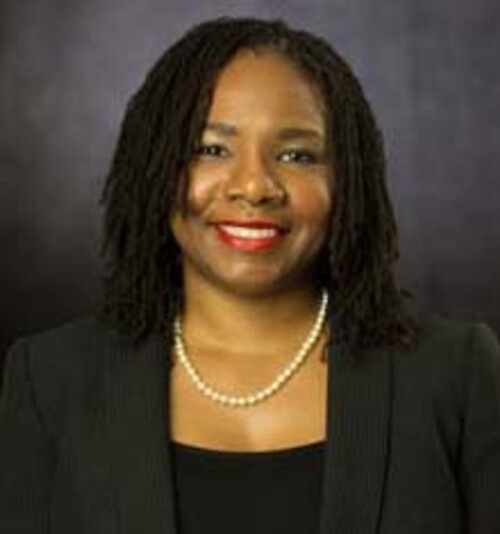Charrise Barron

When most people think of black gospel music, they picture a choir of energetic singers swaying and clapping on stage in their billowing robes. However, as Charrise Barron, PhD candidate in African American studies, explains, this stereotypical image does not encompass the full range of gospel music composition and performance.
Gospel music has long been an integral part of African-American Christianity. But until the Edwin Hawkins Singers’ hit song “Oh Happy Day” swept the nation in 1969, gospel music wasn’t part of the American mainstream.
Barron explains that in the past, many gospel singers who attempted to cross over into mainstream music faced castigation from their church communities. As a result, Barron explains, “Back then, gospel artists were more likely to emphasize their distance from mainstream culture.”
By the 1990s, however, this attitude began to change among leaders of black churches. Barron attributes this shift to the role of pastors at megachurches, or churches with weekly attendance of two thousand or more people. According to Barron, “There came a moment when artists suddenly had permission to interact with and draw from popular culture in ways that had formerly been strongly discouraged.”
Barron’s term for this new phase of black gospel music is the platinum age, after the large number of platinum records earned by its leading artists. Today, many artists have made it a priority to share the gospel message with audiences outside of the church, and this is reflected in the ways they present themselves and perform their music. Moreover, as Barron explains, “Because of theological changes, many contemporary gospel artists are now presenting themselves as assimilated to contemporary culture in ways they would not have done before.”

